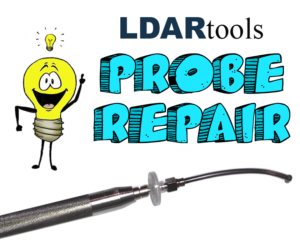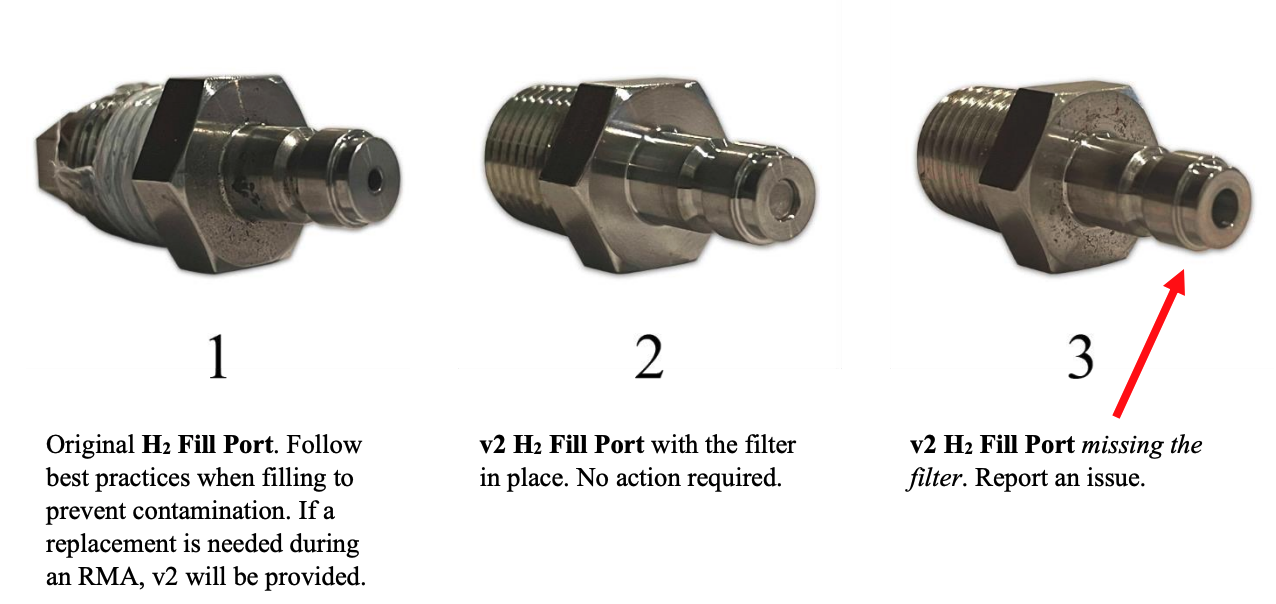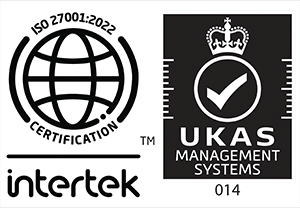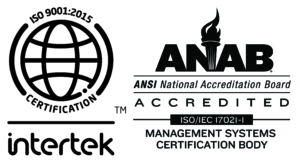As environmental regulations become increasingly stringent, it’s crucial for industries to stay ahead of the curve by adopting innovative strategies to improve their Leak Detection and Repair (LDAR) programs. An effective LDAR program minimizes harmful emissions and demonstrates a company’s commitment to environmental responsibility and sustainability.
Invest In Triangulation Platforms
A clear sign of an outdated or less-effective LDAR program is the lack of triangulation platforms. These technologies provide real-time diagnostics and data relating to your equipment, from potential leaks to active fugitive emissions. Triangulation platforms gather this information by utilizing various measurement devices, such as auto-gas chromatography, proton transfer, and CEMS technologies.
Furthermore, most real-time monitoring systems boast end-to-end encryptions and secure cloud servers for streamlined updates and enhanced organizational communications. Consider investing in triangulation technology for your refinery to ensure up-to-the-minute monitoring.
Upgrade Your Mobile Monitoring Platforms to PTR-TOF-MS
Upgrading your mobile monitoring platforms to Proton Transfer Reaction Time-of-Flight Mass Spectrometry (PTR-TOF-MS) is an innovative way to improve your LDAR program. This advanced analytical technique allows for rapid and highly sensitive detection of fugitive emissions. Specifically, these platforms identify harmful volatile organic compounds (VOCs) present in the air. By employing PTR-TOF-MS technology, you can achieve real-time identification and quantification of fugitive emissions, leading to faster response times and reduced environmental impact.
The benefits of using PTR-TOF-MS technology extend beyond improved detection capabilities. This cutting-edge method also enables more precise measurements, reducing the likelihood of false positives or negatives that can occur with older technologies. Furthermore, PTR-TOF-MS systems are highly portable, making them well-suited for use in various industrial settings. Incorporating PTR-TOF-MS into your LDAR program will result in more accurate data collection, streamlined processes, and, ultimately, a more effective emissions reduction strategy.
Enhance LDAR Efficacy with Drones
Another innovative approach to improving your LDAR program is through the integration of drone technology. Drones equipped with specialized sensors can quickly and efficiently survey large areas for potential leaks and emissions sources. This aerial perspective allows for more comprehensive coverage than traditional ground-based methods, significantly increasing the chances of detecting fugitive emissions.
Of course, this technology isn’t available for every refinery, especially if your business is located in a restricted flight zone. However, advancements in LDAR drone technology will continue to normalize this practice throughout the industry, ultimately leading to more effective LDAR programs overall.
Consider these innovative ideas to improve the efficiency and accuracy of your LDAR program instantly. Additionally, stock up on helpful LDAR equipment here at LDAR tools—we’re eager to help you find the ultimate tools and resources for your facility monitoring needs!







